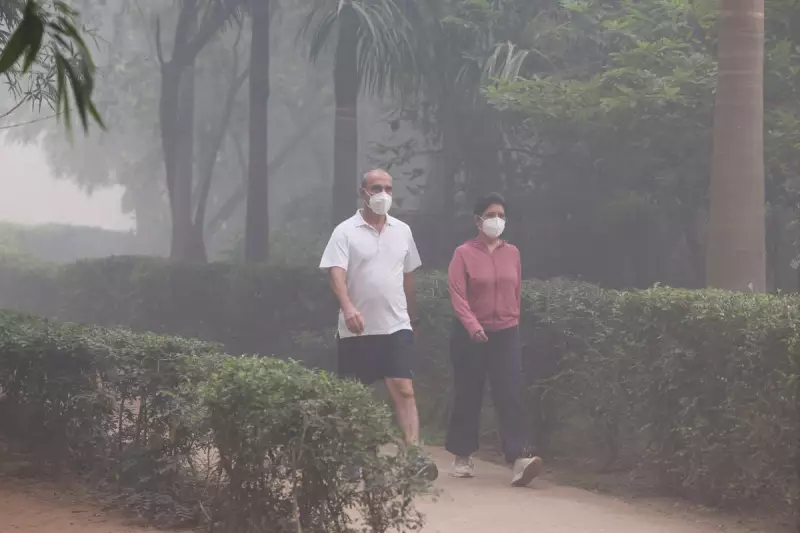
India's capital city Delhi has been plunged into a toxic environmental crisis following widespread defiance of fireworks restrictions during Diwali celebrations, despite a Supreme Court mandate aimed at protecting public health.
Supreme Court Order Ignored
The nation's highest court had explicitly limited fireworks usage to designated 'green crackers' and imposed an 8-10 PM window for celebrations. However, residents across the metropolitan area largely disregarded these measures, with fireworks continuing late into the night and traditional, more polluting varieties dominating the displays.
Air Quality Reaches Hazardous Levels
The morning after festivities revealed the devastating consequences. Air Quality Index (AQI) readings soared into the 'severe' category across multiple monitoring stations, with some areas recording levels exceeding 500 - a measurement considered extremely hazardous to human health.
Key affected areas included:
- Anand Vihar: AQI 999
- RK Puram: AQI 693
- Jahangirpuri: AQI 684
- Wazirpur: AQI 670
Environmental Emergency Declared
The alarming pollution spike prompted immediate action from environmental authorities. The Commission for Air Quality Management (CAQM) invoked Stage IV of the Graded Response Action Plan, implementing emergency measures including:
- Banning most diesel-guzzling commercial vehicles from entering Delhi
- Restricting medium and heavy goods vehicles
- Halting construction activities across the National Capital Region
- Considering school closures to protect children's health
Political Blame Game Intensifies
The environmental catastrophe has ignited fierce political debates, with the ruling Aam Aadmi Party and central government trading accusations about responsibility. Delhi Environment Minister Gopal Rai pointed to neighbouring states for failing to control pollution sources, while critics questioned enforcement effectiveness within the capital.
Public Health Crisis Looms
Medical experts have issued grave warnings about the health implications. Prolonged exposure to such severe pollution levels can trigger respiratory emergencies, exacerbate asthma, increase cardiovascular risks, and cause long-term damage to lung function, particularly affecting vulnerable populations including children, elderly residents, and those with pre-existing conditions.
The situation highlights the ongoing challenge of balancing cultural traditions with environmental protection in one of the world's most polluted urban centres.





